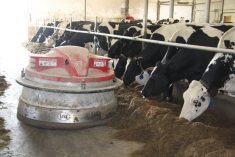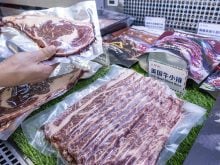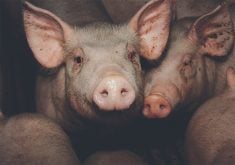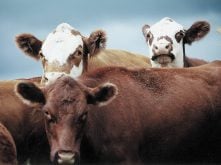Beef producers sit on pins and needles as the world organization responsible for animal health moves at a snail’s pace in its efforts to change international BSE rules.
A proposal for three tiers of BSE risk were presented to the annual meeting of the Office International des Epizooties’ international committee at the end of May. Member countries are examining the proposals over the next year but consensus may not be achieved even then, said a spokesperson for the Canadian Cattlemen’s Association.
“Some countries are happy with the way things are and they’ll need to define what it means to be in each of those categories,” said Rob McNabb.
Read Also
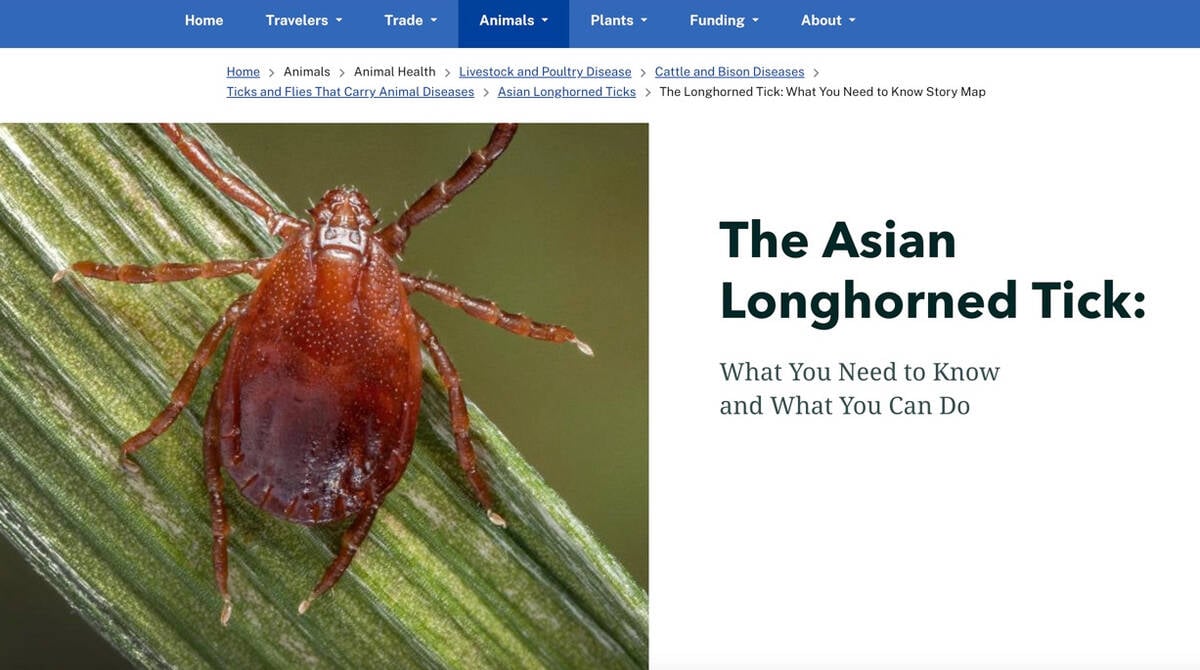
New World screwworm not seen as trade threat
Canadian cattle producers shouldn’t be worried about the New World screwworm, which has become a massive concern for ranchers in Mexico and is threatening the southern United States
The current system has five levels of BSE risk: free; provisionally free; minimal; moderate and high risk. The proposal wants three levels of negligible risk, controlled minimal risk and uncontrolled risk.
The OIE did reiterate its stance that certain meat products should be traded regardless of a country’s BSE status, such as protein-free tallow, semen and embryos, milk and milk products.
Changes to the level of BSE surveillance were recommended but rejected at this round.
Another proposal suggested removing the small intestine as a specified risk material. Other materials such as blood were not mentioned as a possible BSE source.
The current recommendations only suggest removing a portion of the small intestine from ruminants of all ages. Most Canadian packing plants already remove the entire intestine.
“There is enough uncertainty in the physiology of the small intestine,” McNabb said.
For the purpose of the guidelines they suggested the entire small intestine should be removed regardless of age.”
The infectious prion believed to cause BSE first appears in the intestine in the young animal but later migrates to the brain of mature animals.
The OIE is also considering designing a single list of notifiable animal diseases to replace the current Lists A and B. This would be more in line with the World Trade Organization’s sanitary and phytosanitary agreement by classifying diseases as specific hazards and giving all listed diseases the same degree of importance in international trade.
Countries would still be expected to report disease status and changes in disease strains, particularly if it could be transmitted across species.
The group also discussed the challenges of emerging zoonotic diseases, as well as the implications of enhanced animal identification and traceability.




